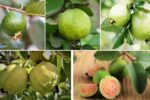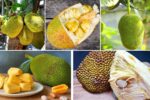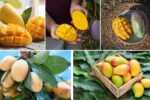Among the world’s most prized and ancient nuts, pistachios hold a special place in culinary traditions, health foods, and global trade. Their rich, buttery flavor, vibrant green color, and exceptional nutritional profile have made them a favorite snack and gourmet ingredient across many cultures for centuries.
But with increasing global demand for pistachios — whether roasted, salted, or used in desserts like baklava and gelato — a natural question arises: Which country is the largest pistachio farmer in the world?
This comprehensive article explores the origins of pistachios, their global cultivation, and the country that dominates pistachio farming today.
A Brief Introduction to Pistachios
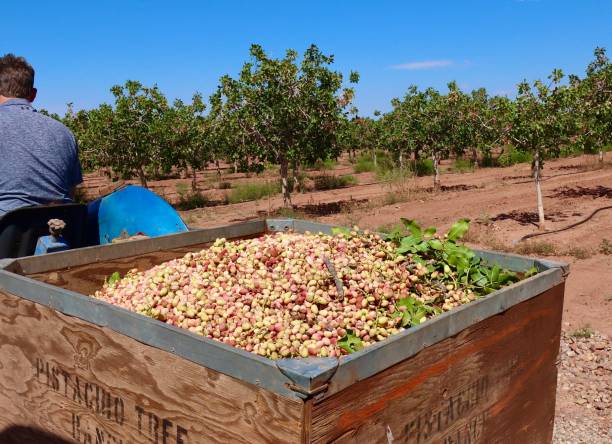
The pistachio nut comes from the tree species Pistacia vera, a member of the cashew family (Anacardiaceae). Native to Central Asia and the Middle East, pistachios have been cultivated for over 9,000 years.
Known as the “smiling nut” in Iran and the “happy nut” in China, pistachios are famous not only for their pleasant taste but also for their symbolism of wealth, prosperity, and celebration in various cultures.
Today, pistachios are grown in semi-arid regions with long, hot summers and cold winters, conditions essential for optimal flowering and nut development.
Global Pistachio Production Overview
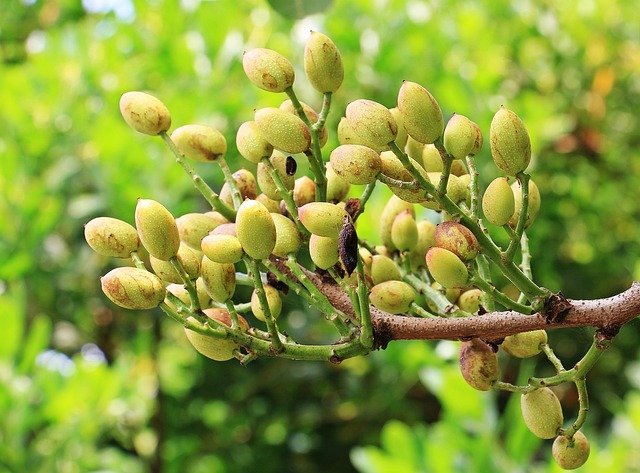
Pistachio production is concentrated in a few countries where climatic and soil conditions suit the crop’s needs. The leading pistachio-producing nations include:
- Iran
- United States (California)
- Turkey
- Syria
- Greece
- Afghanistan
Among these, two countries — Iran and the United States — have historically vied for the top position, but recent trends show one nation clearly taking the lead.
Which Country Is the Largest Pistachio Farmer in the World?
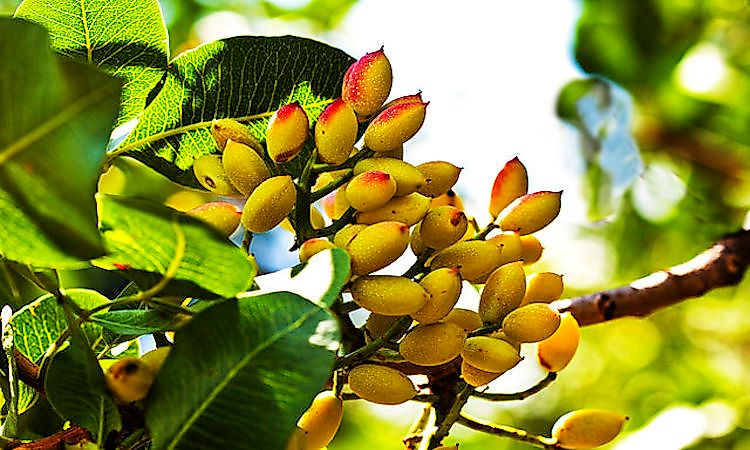
According to the Food and Agriculture Organization (FAO) and the latest international agricultural reports, the United States is currently the largest pistachio farmer in the world.
United States’ Pistachio Production Highlights
- Annual Production: Over 500,000 metric tons (in-shell)
- Global Market Share: Approximately 50-55% of total world production
- Primary Growing Region: California’s San Joaquin Valley
- Key Export Markets: China, European Union, India, Turkey, and the Middle East
The U.S. pistachio industry has experienced remarkable growth over the past four decades, transforming the country into the world’s pistachio powerhouse.
Why Is the United States the Largest Pistachio Producer?
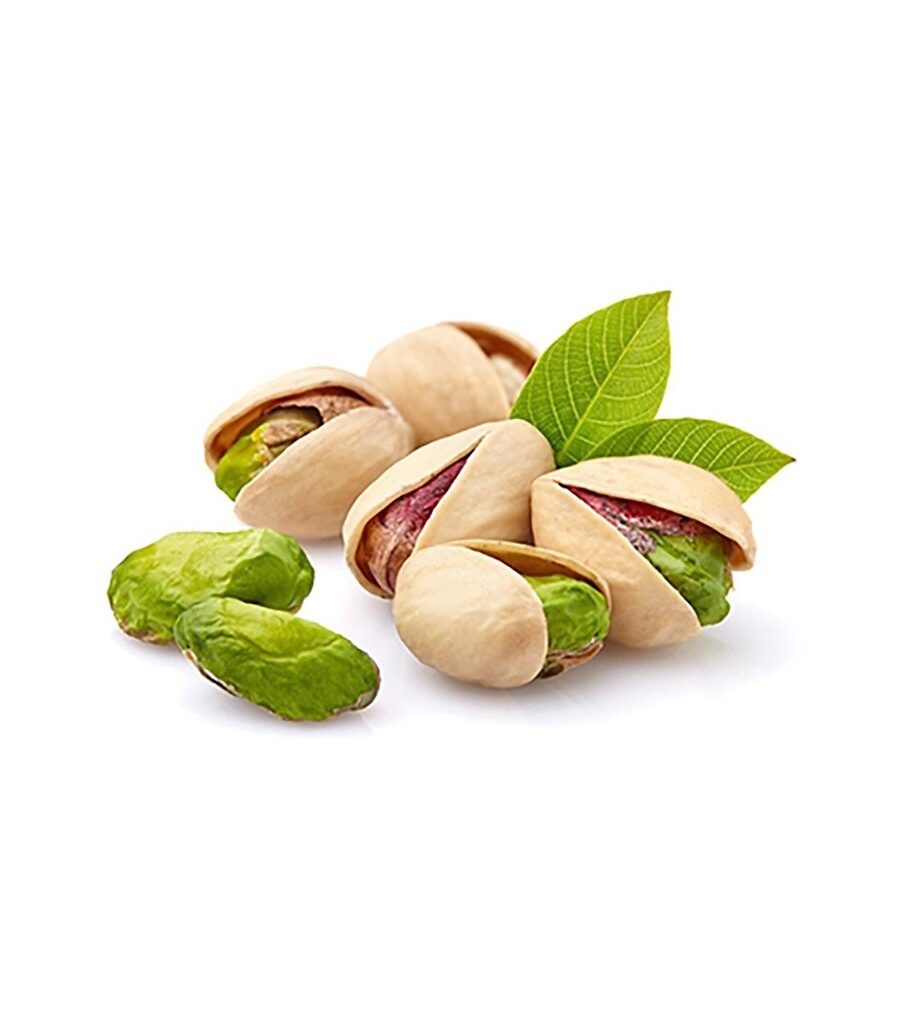
Several key factors have fueled the rise of the U.S. pistachio industry:
Ideal Climate and Soil in California
California’s San Joaquin Valley offers the perfect climate for pistachio trees, with long, hot summers, cool winters, and well-drained soils. These conditions allow trees to flourish and produce consistent, high-quality yields.
Modern Agricultural Techniques
American pistachio farmers employ advanced agricultural practices, including:
- Precision irrigation systems
- Integrated pest management
- Automated harvesting technologies
- Research-based farming strategies
These innovations maximize productivity and nut quality.
Strong Industry Support
Organizations like the American Pistachio Growers Association (APG) and California Pistachio Research Board provide valuable resources, research, and marketing support to farmers, ensuring sustainable growth.
High Domestic and International Demand
Pistachios are popular in American snack culture, contributing to strong domestic demand. Additionally, U.S. pistachios enjoy a reputation for consistent quality in key export markets like China, the EU, and India.
Trade Agreements and Market Access
The U.S. benefits from favorable trade relationships and efficient logistics, facilitating pistachio exports worldwide.
Iran: The Traditional Pistachio Powerhouse
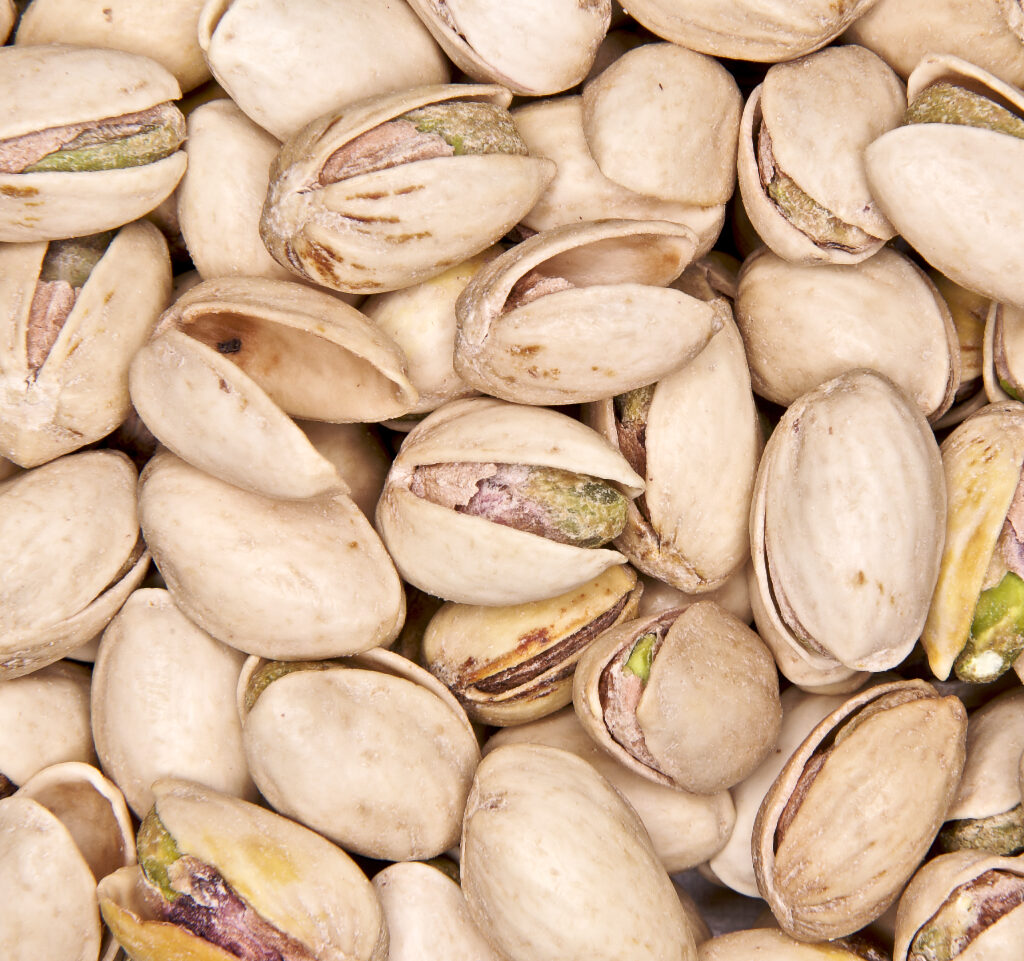
Though the United States currently leads in production, Iran remains a historic and culturally significant pistachio producer.
- Annual Production: Approximately 350,000–400,000 metric tons
- Major Growing Regions: Kerman, Yazd, and Fars provinces
- Notable Varieties: Fandoghi, Kaleh Ghouchi, Ahmad Aghaei
Iranian pistachios are celebrated for their rich flavor and variety. Political sanctions, drought, and water scarcity have challenged Iran’s export capabilities in recent years, allowing U.S. production to overtake it.
Other Notable Pistachio Producing Countries
Turkey
- Annual Production: Around 250,000 metric tons
- Key Growing Regions: Gaziantep, Siirt
- Unique Fact: Turkey’s Antep pistachios are renowned for their intense flavor and are a staple in desserts like baklava.
Syria
- Annual Production: Approximately 50,000–60,000 metric tons
- Challenges: Ongoing conflict has hindered production capacity.
Greece
- Annual Production: Around 10,000 metric tons
- Famous For: Aegina pistachios, a protected designation of origin (PDO) product.
Most Popular Pistachio Varieties
There are several commercial pistachio varieties, each with distinct characteristics:
- Kerman (U.S.): Large size, light-colored shell, mild flavor — dominant in California.
- Fandoghi (Iran): Smaller, rounder, rich in flavor.
- Ahmad Aghaei (Iran): Long, thin shell, vibrant green kernel, preferred in Middle Eastern markets.
- Siirt (Turkey): Similar to Iran’s Ahmad Aghaei, known for sweetness and premium quality.
Health Benefits of Pistachios
Pistachios are widely considered a superfood, offering numerous health benefits:
- Rich in Heart-Healthy Fats: Primarily monounsaturated and polyunsaturated fats.
- High in Antioxidants: Including lutein, zeaxanthin, and polyphenols.
- Excellent Source of Protein: Especially beneficial for vegetarians.
- Packed with Fiber: Supports digestive health.
- Supports Weight Management: Low in calories and high in satiety-promoting nutrients.
- Lowers Cholesterol: Regular consumption linked to improved heart health.
These qualities have made pistachios a popular choice among health-conscious consumers.
Challenges in Global Pistachio Farming
Despite its popularity, pistachio farming faces several challenges:
- Water Intensity: Pistachio trees require substantial water, raising sustainability concerns in drought-prone regions like California.
- Climate Sensitivity: Frost and sudden temperature shifts during flowering can severely impact yields.
- Pest and Disease Risks: Insect pests and fungal diseases can damage crops.
- Market Volatility: Global trade disputes and sanctions can disrupt supply chains and affect pricing.
Efforts are underway to address these issues through water-saving technologies, disease-resistant cultivars, and sustainable farming practices.
Future Outlook for Pistachio Production
The global pistachio market is projected to grow steadily due to:
- Increasing health awareness
- Expanding snack and gourmet food industries
- Growing demand in emerging markets like India, China, and Southeast Asia
- Innovations in farming technology and climate-resilient cultivars
The United States is poised to maintain its leadership position, with continued investment in sustainable, high-yield, and export-oriented pistachio farming.
Conclusion
The United States currently holds the title of the largest pistachio farmer in the world, producing over 500,000 metric tons annually and commanding a dominant share of the global market. Thanks to California’s ideal growing conditions, cutting-edge farming techniques, and robust industry support, the U.S. has surpassed traditional leaders like Iran and Turkey.
While Iran remains an iconic pistachio producer with deep cultural and culinary significance, challenges like sanctions and water scarcity have limited its growth. Meanwhile, the U.S. pistachio industry continues to thrive, supplying both domestic and international markets with premium, healthful nuts.
As global demand for nutrient-dense, heart-healthy foods rises, pistachio farming — led by the United States — is expected to expand further, ensuring that this ancient nut remains a modern favorite worldwide.

